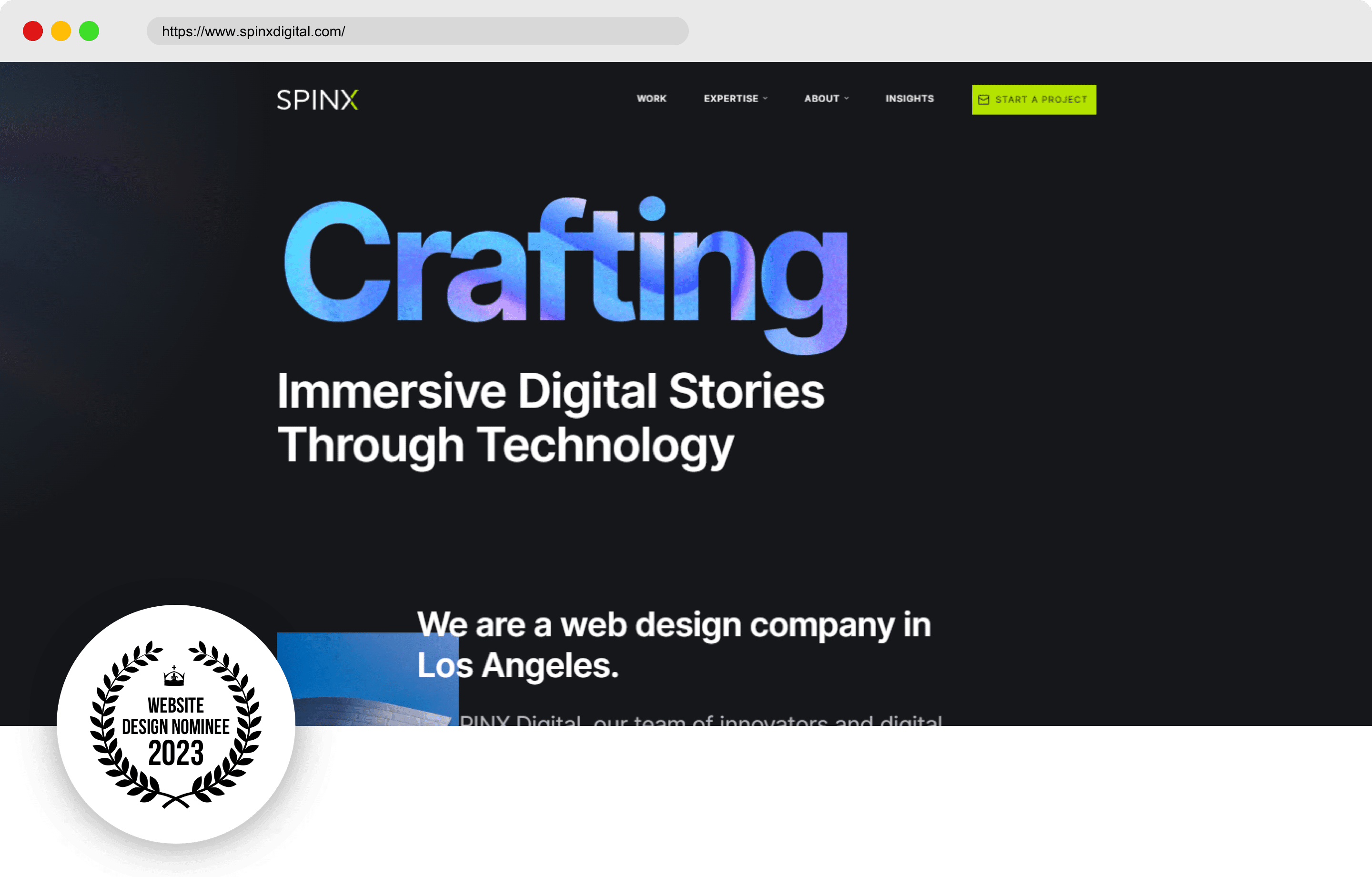Important Tips for Crafting High-Impact Site Designs
In the world of digital marketing, the design of a web site serves as a vital touchpoint for engaging possible clients. To create high-impact web site layouts, one have to think about important components such as audience understanding, individual experience, and aesthetic pecking order. Each of these components plays a crucial function in not just drawing in visitors yet likewise in facilitating purposeful interactions. Yet, the interaction between these variables can be complicated and nuanced, elevating the question of exactly how to effectively stabilize them to attain ideal outcomes. Exploring these methods can cause transformative outcomes for your on the internet existence.
Understand Your Audience
Understanding your audience is essential to efficient internet site layout. A website that resonates with its site visitors is frequently the result of complete study and understandings right into customer choices, habits, and demographics. Recognizing target customers permits designers to customize material, visuals, and performances that satisfy their certain requirements, improving engagement and complete satisfaction.
To successfully comprehend your audience, start by performing group analyses to gather information on age, sex, place, and rate of interests. This information acts as a structure for developing individual personalities, which represent the key features of your target market. These identities guide decision-making in layout components and material technique, ensuring positioning with individual assumptions.
Furthermore, evaluating user actions through devices like Google Analytics can expose how site visitors communicate with your site. Metrics such as bounce prices and time on page can highlight locations that require improvement or change. User studies and comments likewise provide important understandings into choices and pain factors.
Eventually, a deep understanding of your audience is not simply advantageous yet vital. It empowers designers to develop more pertinent, appealing, and useful sites that cultivate a positive user experience and drive wanted outcomes.
Prioritize User Experience
When developing a site, prioritizing individual experience (UX) is paramount to accomplishing both customer fulfillment and company purposes. A well-crafted UX ensures that visitors can browse the website effortlessly, discover the details they need, and engage with content properly. To accomplish this, it is vital to take on a user-centered design technique that entails understanding user needs, preferences, and habits.
Beginning by carrying out detailed research, including individual studies and use testing, to collect insights into exactly how individuals connect with your website. This information must educate layout choices, ensuring that designs and functions line up with individual assumptions. Structured navigating is necessary; site visitors need to have the ability to situate details promptly without unneeded clicks or complication.

Finally, make certain that your website is accessible to all users, including those with specials needs. Abiding by access standards not only widens your target market yet additionally fosters inclusivity. By focusing on UX, you lay the foundation for an effective website that meets both user needs and company goals.
Embrace Visual Pecking Order
A well-structured visual power structure plays a significant role in enhancing customer experience by guiding site visitors' focus to the most essential aspects of a site. By tactically organizing content, designers can develop a clear course for users to adhere to, guaranteeing they involve with necessary info efficiently.

In addition, the positioning of components on the page is vital. Leading the audience's look through the layout can be achieved by positioning crucial information on top or in the facility, where customers commonly begin their aesthetic trip. Integrating whitespace around elements can also boost quality, making it much easier for individuals to process information without feeling bewildered.
Finally, utilizing typography effectively adds to aesthetic pecking order. Different font styles, weights, and dimensions can denote importance, leading individuals via the material perfectly. By welcoming these principles, developers can produce an intuitive experience that cultivates engagement and motivates customers to check out further.
Maximize for Mobile
Mobile optimization is necessary in today's digital landscape, as a significant part of web traffic originates from mobile tools. To guarantee a smooth user experience, sites have to be designed with mobile visit this web-site customers in mind. This includes using responsive web design methods that adjust the layout, photos, and message to fit different display dimensions while maintaining capability you could check here and looks.
First, focus on loading rate, as mobile customers typically operate slower networks. Decrease and optimize pictures code to boost efficiency. Additionally, navigating ought to be user-friendly; take into consideration implementing a simplified food selection that permits very easy access to important pages without frustrating customers.
Touch targets, such as links and buttons, should be properly sized, ensuring they are easily tappable without errors. Make certain that kinds are mobile-friendly by decreasing input areas and utilizing dropdowns where relevant, streamlining the user experience.
Last but not least, examination your web site across different smart phones and internet browsers to recognize any type of problems that may influence use. By prioritizing mobile optimization, you not only boost customer complete satisfaction but additionally favorably affect your site's internet search engine position, therefore attracting more visitors and boosting general engagement.
Implement Solid Branding
Developing a identifiable and natural brand name is essential to developing a solid online visibility. A well-defined brand name not only separates you from rivals but also fosters count on and loyalty amongst your audience. To apply strong branding, start by establishing a clear brand identity that envelops your objective, worths, and vision - website design copyright. This identity should be shown consistently throughout all digital touchpoints, including your web site, social media, and e-mail communications.
Visual components such as logos, color plans, and typography play a vital duty in branding. Choose a color combination that reverberates with your target market and reflects your brand character. Make certain that your click for info logo is flexible and prominently presented on your web site, boosting brand recognition.
Material is similarly crucial; your intonation should align with your brand identification, whether it's specialist, pleasant, or reliable. Involving storytelling can further strengthen your brand, developing an emotional connection with users.
Conclusion
In conclusion, crafting high-impact internet site styles requires a multifaceted strategy that incorporates comprehending the audience, prioritizing user experience, and embracing aesthetic pecking order. By integrating these components, sites can effectively involve individuals, facilitate seamless navigating, and foster emotional links that enhance brand name identity.
To develop high-impact web site designs, one have to think about important components such as audience understanding, customer experience, and visual power structure.When creating a website, prioritizing user experience (UX) is paramount to attaining both individual complete satisfaction and organization goals.Beginning by performing detailed research study, consisting of user studies and use testing, to collect insights into just how individuals engage with your site. To guarantee a smooth user experience, sites have to be created with mobile users in mind.In final thought, crafting high-impact website designs requires a complex approach that includes recognizing the target market, focusing on user experience, and embracing visual power structure.